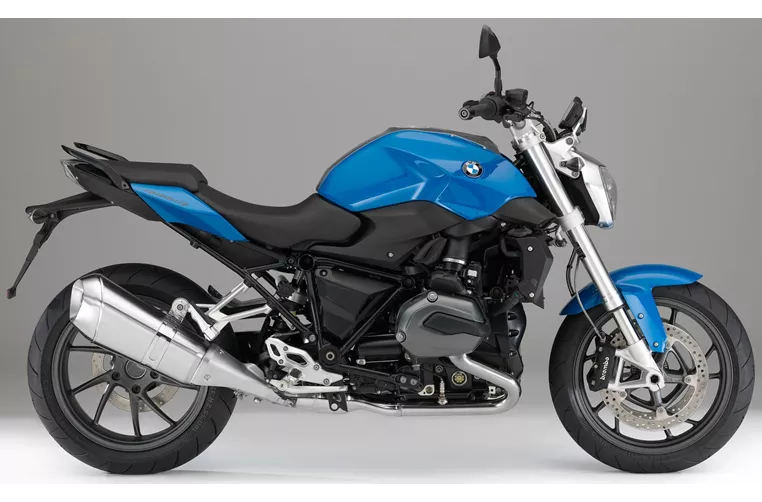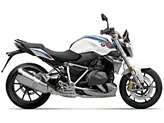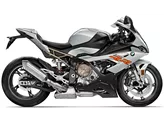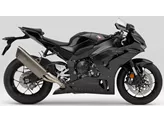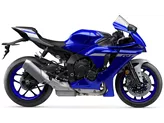BMW R 1200 R 2015 vs. BMW S 1000 RR 2020
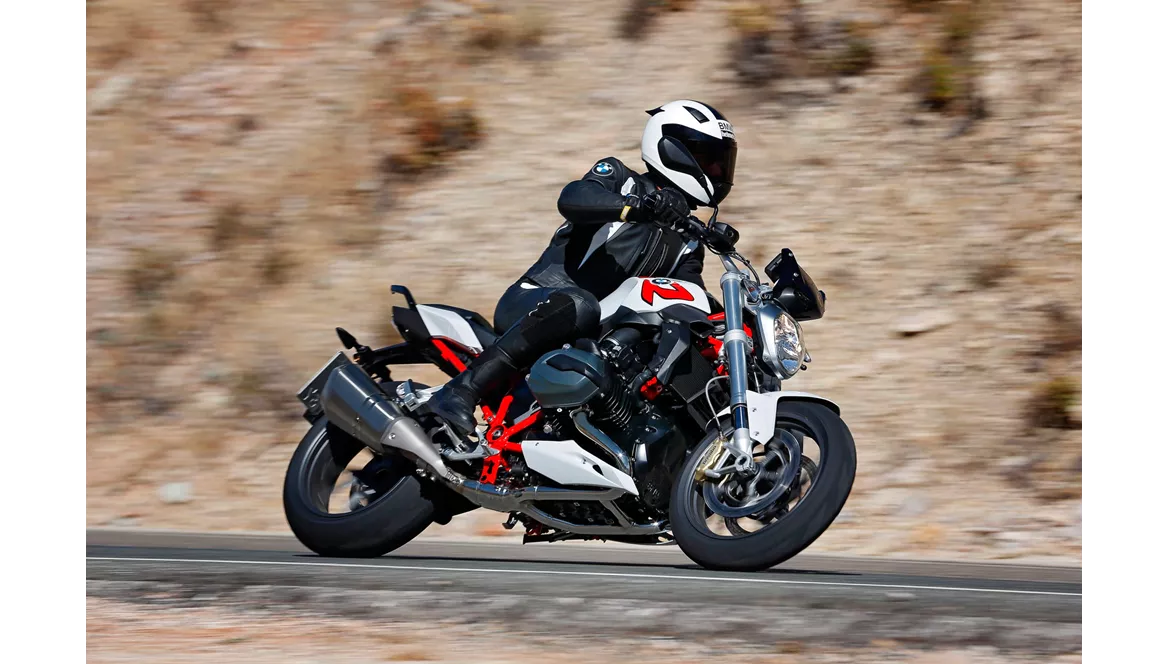
BMW R 1200 R 2015
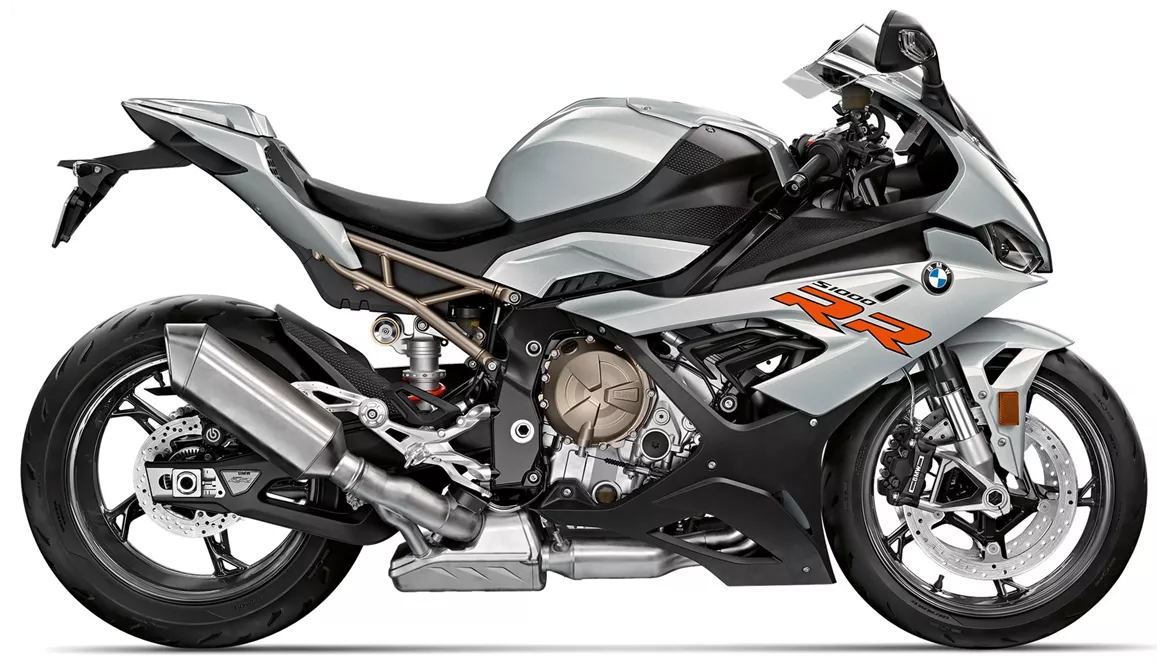
BMW S 1000 RR 2020
Pregled - BMW R 1200 R 2015 vs BMW S 1000 RR 2020
The BMW R 1200 R model year 2015 is a naked bike with a sporty look and a powerful engine. It is equipped with a Boxer engine that has a bore of 101 mm and a stroke of 73 mm. The engine delivers 125 HP of power and 125 Nm of torque, with a compression ratio of 12.5. It has 2 cylinders and is air-cooled. The displacement of the engine is 1170 ccm.
In terms of suspension, the BMW R 1200 R 2015 features a telescopic fork at the front and a Paralever suspension at the rear. The frame is made of steel and is of load-bearing engine type. The front brakes are double disk with four pistons and radial technology. The front tyre has a width of 120 mm and a diameter of 17 inches, while the rear tyre has a width of 180 mm and a diameter of 17 inches. The wheelbase is 1515 mm and the seat height is 790 mm. The kerb weight of the bike with ABS is 231 kg and it has a fuel tank capacity of 18 liters.
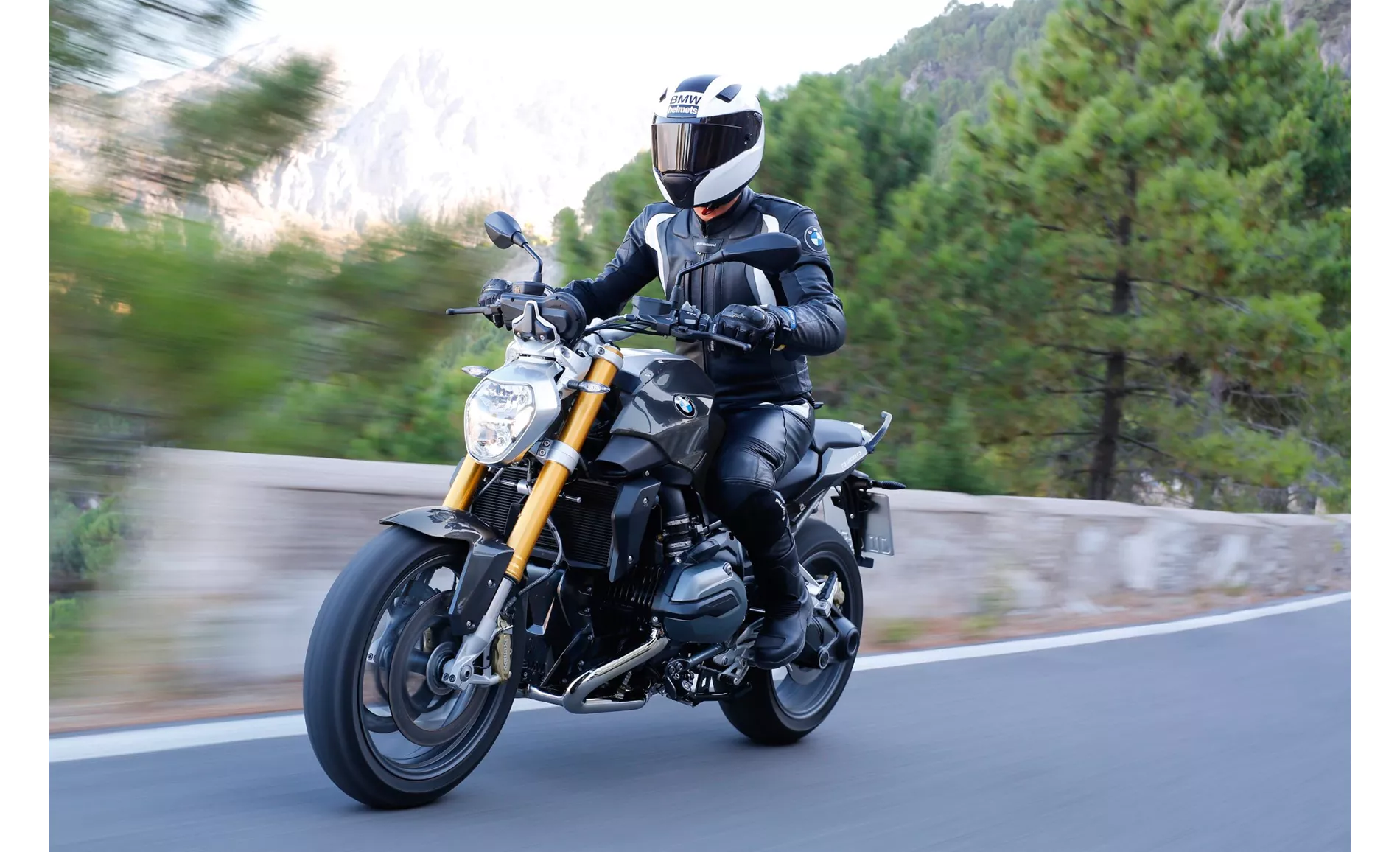
BMW R 1200 R 2015
On the other hand, the BMW S 1000 RR model year 2020 is a supersport bike with a very linear power delivery, making it particularly controllable. It is equipped with an in-line engine that has a bore of 80 mm and a stroke of 49.7 mm. The engine delivers an impressive 207 HP of power and 113 Nm of torque, with a compression ratio of 13.3. It has 4 cylinders and is liquid-cooled. The displacement of the engine is 999 ccm.
In terms of suspension, the BMW S 1000 RR 2020 features an upside-down telescopic fork at the front and a swing arm suspension at the rear. The frame is made of aluminium and is of twin tube, load-bearing engine type. The front brakes are double disk with four pistons and radial technology. The front tyre has a width of 120 mm and a diameter of 17 inches, while the rear tyre has a width of 190 mm and a diameter of 17 inches. The wheelbase is 1441 mm and the seat height is 824 mm. The kerb weight of the bike with ABS is 197 kg and it has a fuel tank capacity of 16.5 liters.
In terms of strengths, the BMW R 1200 R 2015 has a sporty look, a powerful engine, and a comfortable seating position. It also comes with ABS and traction control as standard and has two riding modes. On the other hand, the BMW S 1000 RR 2020 has a very linear power delivery and a wide rev range, making it easy to control. It also features the ShiftCam technology, which provides plenty of pressure in the lower rev range. It has excellent DDC (Dynamic Damping Control) for precise and top performance. It also has a superb electronics package and offers a harmonious overall package both on the road and on the racetrack.

BMW S 1000 RR 2020
In terms of weaknesses, the BMW R 1200 R 2015 has many cool features that are only available at an extra cost. Additionally, the rev counter is poorly readable. On the other hand, the BMW S 1000 RR 2020 may seem a bit "characterless" compared to other bikes like the Aprilia and Honda. It also lags behind on the spec sheet in direct comparison.
In conclusion, the BMW R 1200 R 2015 and the BMW S 1000 RR 2020 are both impressive bikes with their own strengths and weaknesses. The R 1200 R offers a sporty look and a powerful engine, while the S 1000 RR provides a very linear power delivery and excellent performance on both the road and the racetrack. Ultimately, the choice between the two will depend on the rider's preferences and priorities.
Tehničke specifikacije BMW R 1200 R 2015 u odnosu na BMW S 1000 RR 2020
Prednosti i nedostaci u odnosu na
Prednosti i nedostaci u odnosu na
BMW R 1200 R 2015
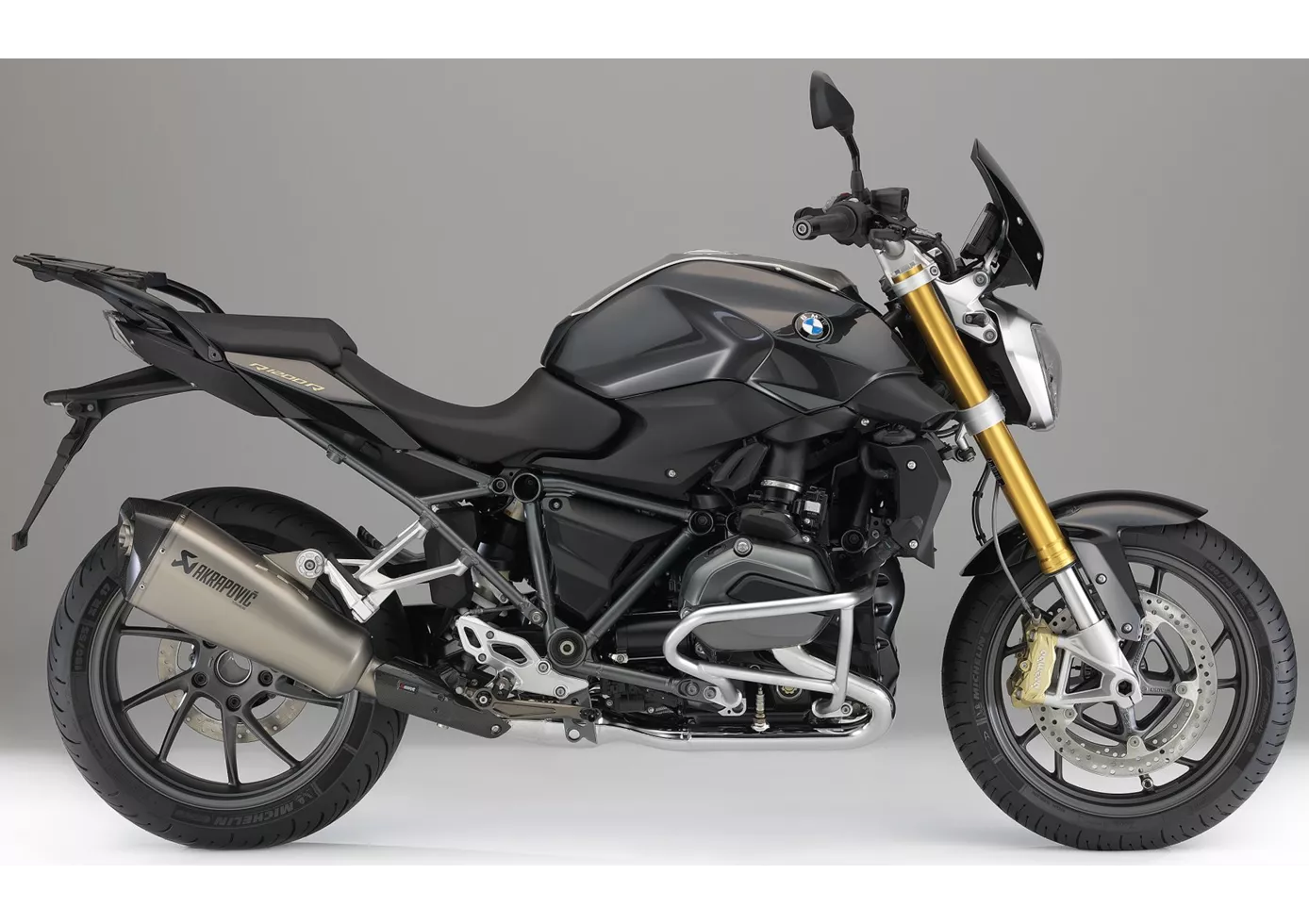
The predecessor was already able to be ridden in a sporty manner as well as convincing on tours, the new R 1200 R can do even more - thanks to the pannier system (of course at extra cost), travelling is still no problem, but it masters sport even better. Thanks to the now partially water-cooled boxer twin-cylinder engine, it is wonderfully agile - 125 hp may not seem like much on paper, but the engine pushes incredibly and behaves in a cultivated manner to boot. The chassis and brakes also score highly and the seating position is sporty and upright, covering a wide spectrum from wonderful fun to long-distance touring. Unfortunately, BMW also understands the trick with the surcharge list perfectly. The basic model is well equipped with ABS that can be deactivated, traction control that can also be deactivated and two driving modes, but many interesting gimmicks are almost obligatory - and of course drive the price way up.
BMW S 1000 RR 2020
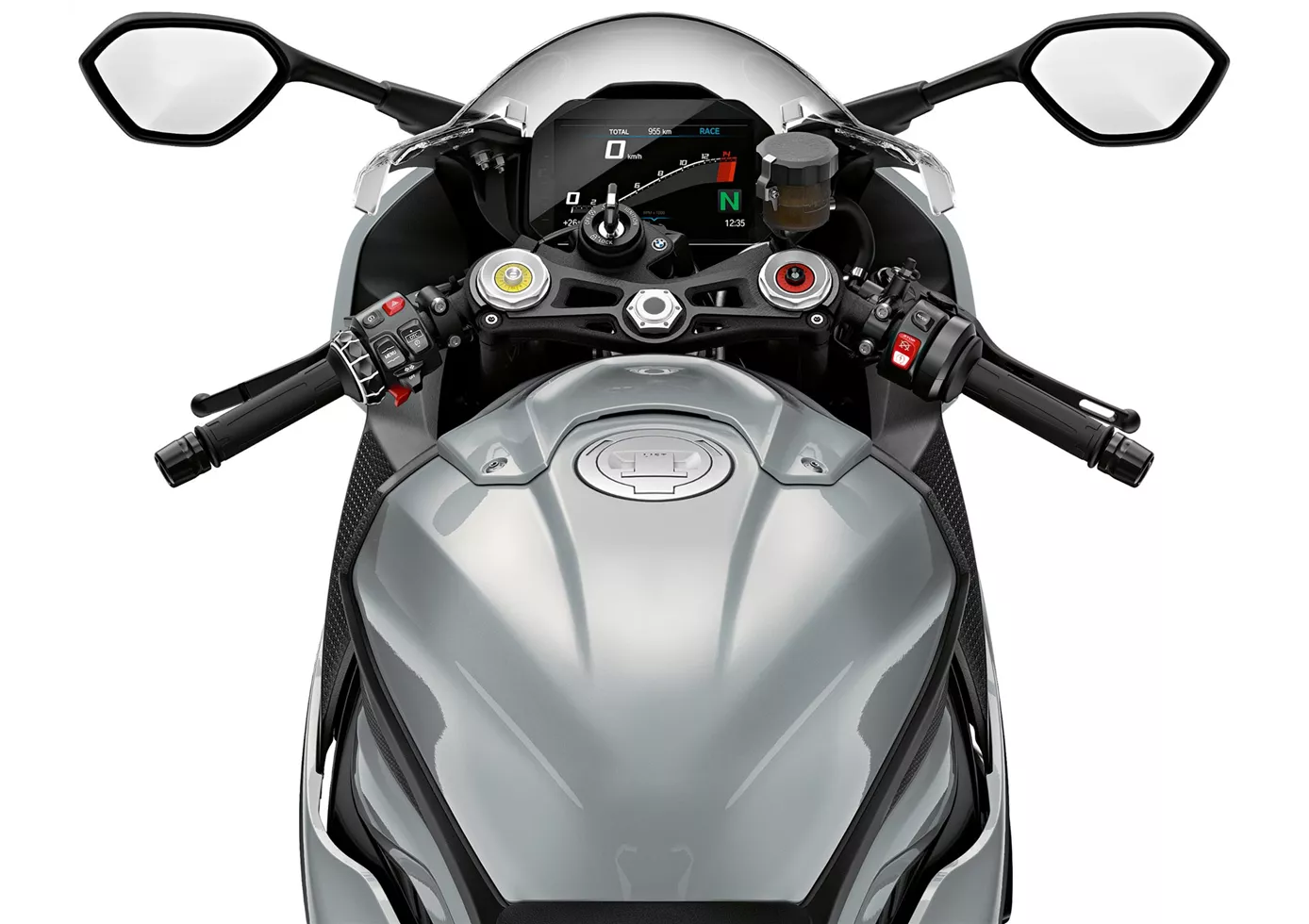
A real "all-rounder" superbike. The BMW knows how to play to its strengths both on the race track and on the country road. Thanks to variable camshaft control, the powerful engine is already convincing at the bottom end and accelerates harmoniously across the entire rev range, with plenty of power in every range. For the hobby pilot, the chassis certainly functions excellently in every situation, provides transparent feedback and offers many adjustment options. The seating position is sporty yet relatively comfortable. The electronics work very harmoniously without patronising the rider - TOP!
Usporedba cijena Prosječna tržišna cijena BMW R 1200 R vs BMW S 1000 RR
There are a few key differences between a BMW R 1200 R 2015 and a BMW S 1000 RR 2020. In terms of price, the actual average price of a BMW S 1000 RR 2020 is about 87% higher. A BMW R 1200 R 2015 experiences a loss of 980 USD in one year and 620 USD in two years of ownership. This is offset by a loss of 430 USD and 140 USD for a BMW S 1000 RR 2020. Compared to BMW S 1000 RR 2020 there are more BMW R 1200 R 2015 bikes available on the 1000PS.de Marketplace, specifically 23 compared to 16. It takes less time to sell a BMW S 1000 RR with 68 days compared to 69 days for the BMW R 1200 R. Since model year 2007 1000PS.de editors have written 27 reviews for the BMW R 1200 R and 135 reviews for the BMW S 1000 RR since model year 2010. The first review for the BMW R 1200 R was published on 7/7/2006 and now has more than 14,900 views. This compares to more than 4,000 views for the first review on BMW S 1000 RR published on 4/16/2008.
